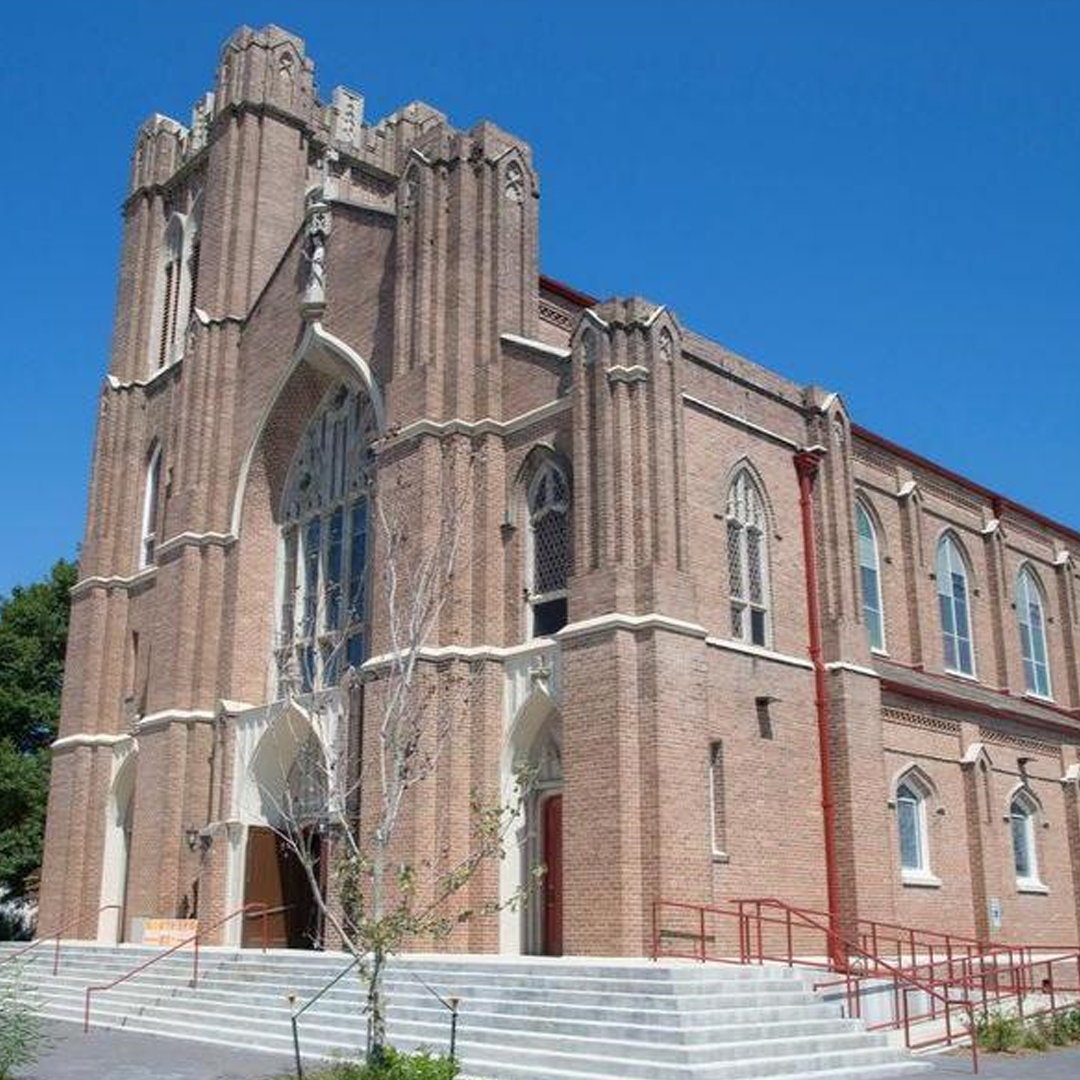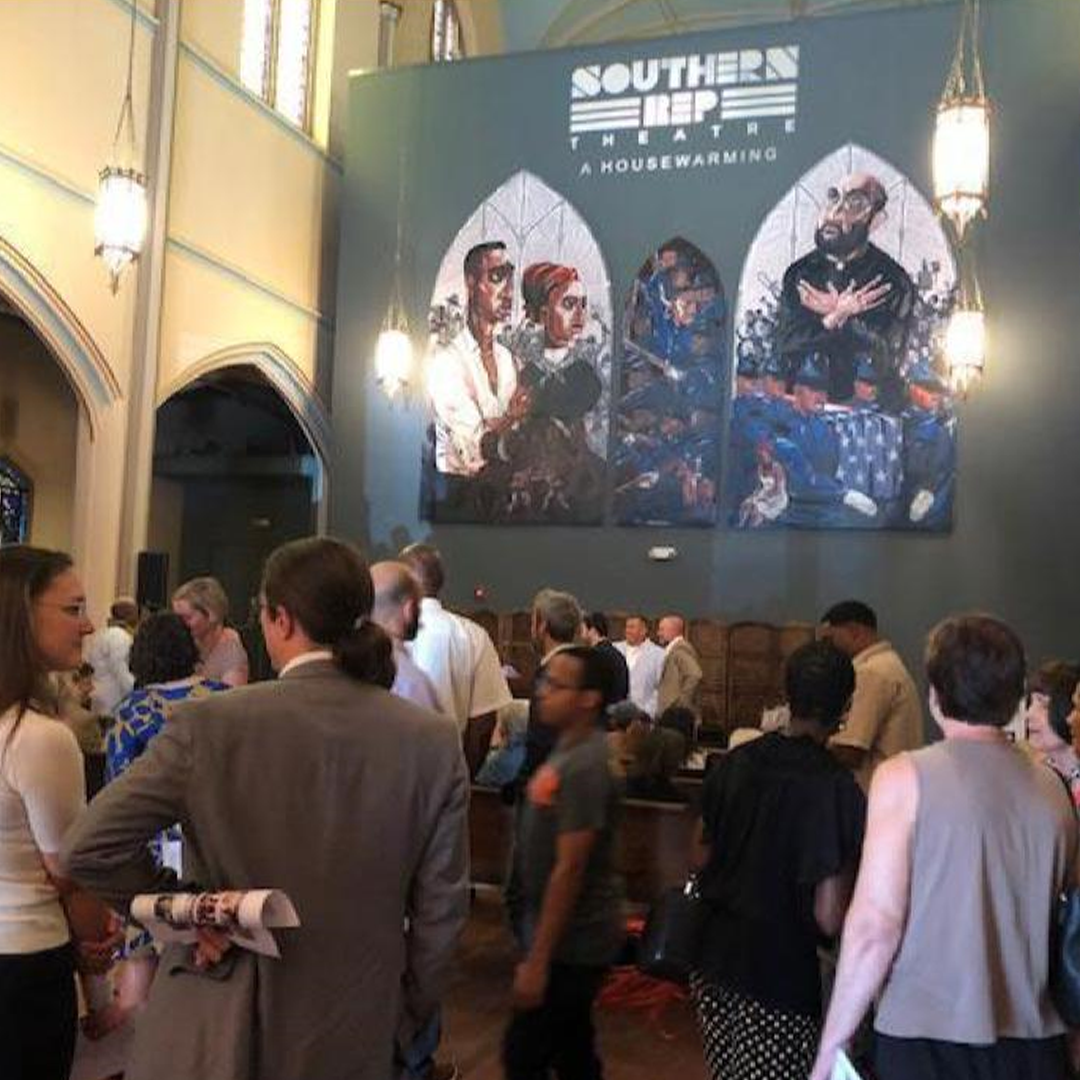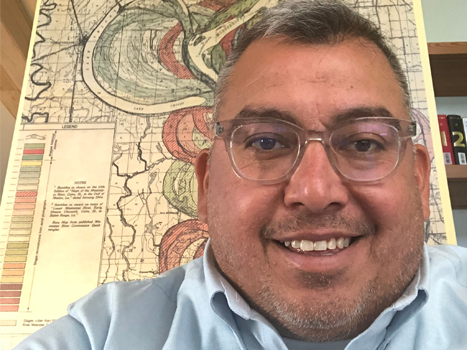
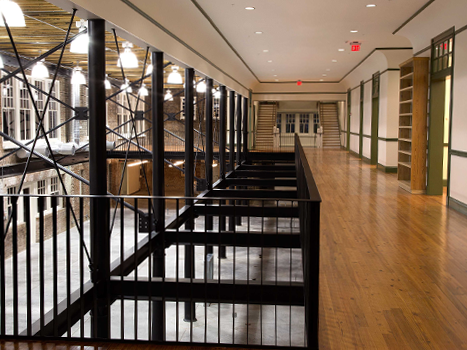
Name: Michael Grote
Hometown: El Paso, TX
Major: Architecture (BARCH)
Graduation Year: 2000
Employer: Alembic Community Development
Title: Director of Building Programs, New Orleans, Louisiana
Why did you choose the Gerald D. Hines College of Architecture and Design, and what drew you to design?
I came to the University of Houston as a Mechanical Engineering major. I was interested in the design of machines, mechanized systems, and an applied science approach to design. I wanted to make stuff. I had grown up on a construction site working in my family's company, and was familiar with buildings and architecture, but engineering was what I was told I should do. That interest waned as the engineering discipline was in the midst of the shift to a more virtual based and less hands-on applied curriculum. Little did I know Architecture was under the same transition as I started, but the work in the foundational years in Architecture was what I was looking for all along.
However, there is a funny story about how I found the Hines College. I was trying to get involved as a freshman 800 miles away from home and a stranger to everyone on campus. One hope I had, funny as it may sound, was to find an intramural football team to play on. There is a longer story that I will not share here, but I found my way onto a team made of third-year Architecture students, and the rest was history. I am still very close to most of those guys. I spent more and more time in the building, and thought 'I think this is where I am supposed to be.'
What was one of your favorite memories from your time on campus? Was there a particular professor that influenced your education?
My fondest memories are the vertical camaraderie that developed in the building with all the years. The building's openness promoted that. Late-night mischief reigned supreme. I feel so lucky to have the education and educators I had. Duke, Griff, Dietmar, Bill Stern, and Bruce Webb voices are still strong in my conscience 20 years later. Above all, David Thaddeus, taught me to be excited about the trial and error aspect of design, structures, and everything else in life. He is one of the sweetest guys on the planet.
What has been your career path since graduation? Where are you currently working and in what capacity?
My career has been anything but linear or traditional. Following three years of working at small firms in Houston, I left for a pit stop in El Paso on my way to Chicago. I never made it to Chicago and instead started working for my family construction company doing small design-build work on the side, including a small B&B in the Big Bend. In summer 2005, I left Texas for Auburn University and a new Design-Build Master's program sprouting out of the famed Rural Studio. That August, Hurricane Katrina made landfall in Mississippi and Louisiana. After graduation in 2006, I made my way to Biloxi and New Orleans to work for Architecture for Humanity. I then started working for Mississippi State University's Gulf Coast Community Design Studio and Alembic Community Development. Today I am still a Real Estate Developer with Alembic in New Orleans, and I get to work on some of the most challenging and rewarding projects one could imagine.
What does a typical day look like in your job? Do you have a particular design or business philosophy?
We partner with community-facing nonprofits to be useful to them in executing their visions of the redevelopment of real estate.
I consider myself lucky not to have typical days. In our kind of real estate development work, we are the organizers and decision-makers, but we are more 'cat herders' than anything else. It is fun, exciting, heartbreaking, stressful, and sometimes tedious but to imagine new projects with partners who are doing good work, it does not get much better, in my opinion.
Real estate can be challenging in market-driven sectors. We work in areas where the market does not often work, meaning it is not desirable to build something and have it supported by market-rate rents/prices. When you are working to align mission, vision, and brick and mortar with multiple funding sources: public, private, philanthropy, and others, the simplicity and clarity of your communication is critical. In the immortal words of Spike Lee, "Do the Right Thing."
What is one accomplishment of your career of which you are particularly proud? How do you feel the College prepared you for this?
I am most proud of two things: The work I was part of at the Gulf Coast Community Design Studio, particularly the small role we played in helping families get back into new, safe homes following Hurricane Katrina. You very quickly realize where design is important and where it is not when you work with people who have lost everything and live in FEMA trailers, in unsafe damaged homes, or worse. That time changed my perspective on the value of design.
I am also very proud of the purchase and renovation of McDonogh 19 Elementary in New Orleans Lower 9th Ward. We were 50/50 partners with the Leona Tate Foundation for Change on this project. Leona Tate was one of the three six-year-old girls who integrated this formerly white-only school on Nov 14, 1960. To be a part of this team with her and turn this building, once a fortress of white supremacy, into an interpretive center for understanding and education is quite possibly the most meaningful real estate project I will ever develop.
What is a valuable lesson you learned during your time at the Hines College of Architecture and Design?
Love working, but do not fall in love with your work.
If you love working, you have the energy to get through the hard days.
If you fall in love with your work, you will not be able to see its flaws.
What is a piece of advice you would give to current Architecture and Design students?
Learn where buildings come from, why they are needed, how they become real, and, most importantly, how they sustain for years to come. A design process beginning with this framework is what I am looking for when I hire architects.
I would recommend reading "The Color of Law" by Richard Rothstein, "1968 AIA Convention Speech" by Whitney Young, and “How Cities Work by Alex Marshall.”
Myrtle Banks School Redevelopment Project in New Orleans, Louisiana
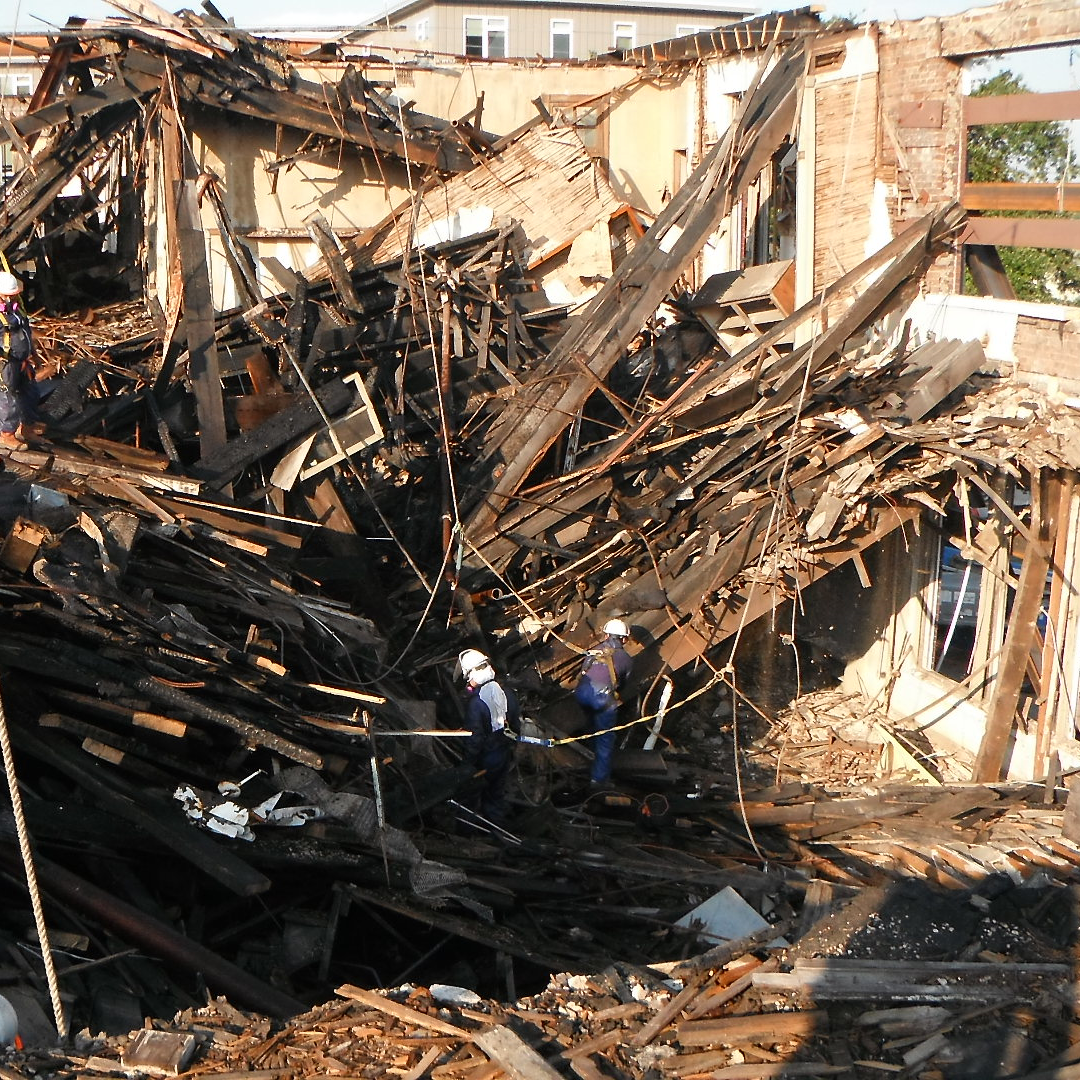
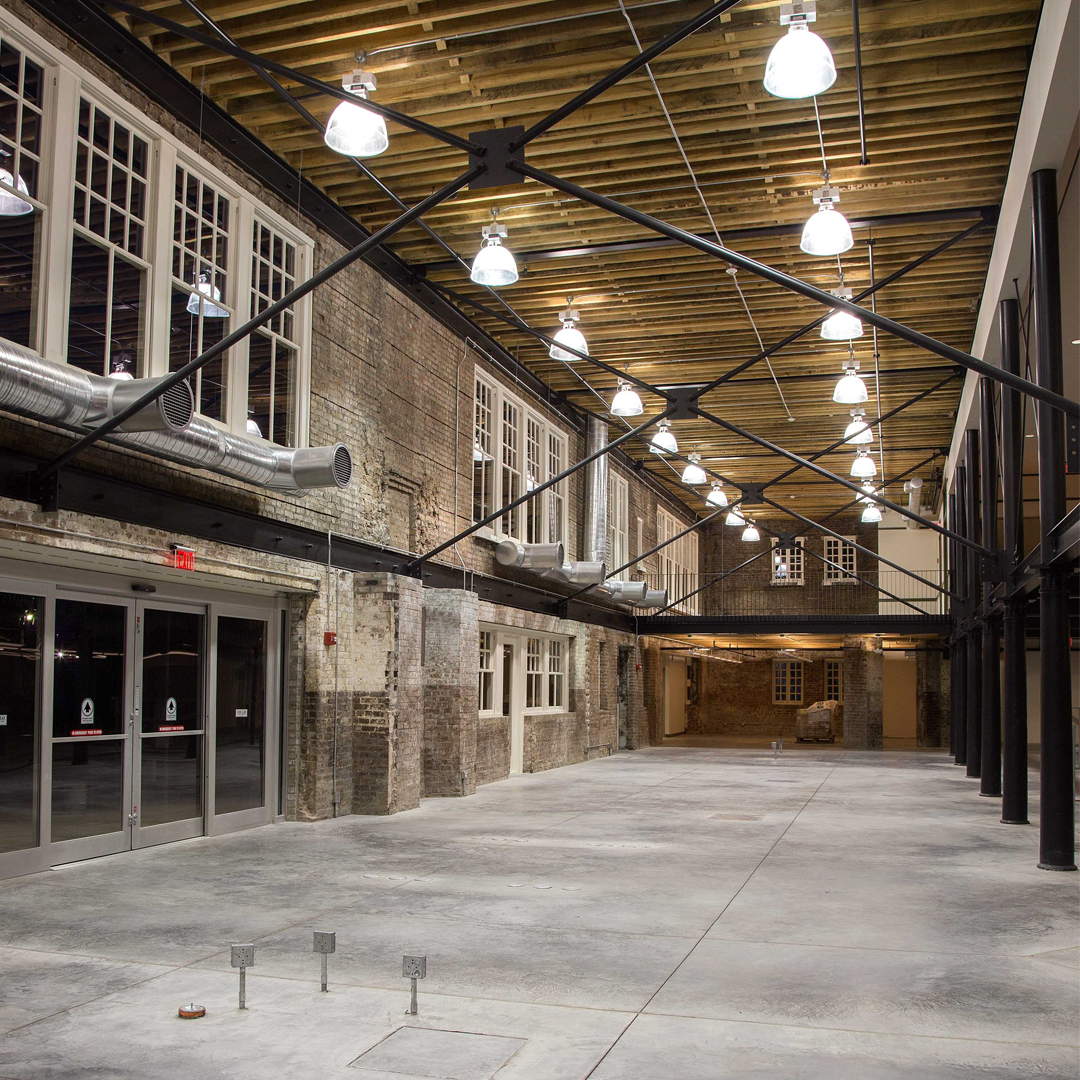
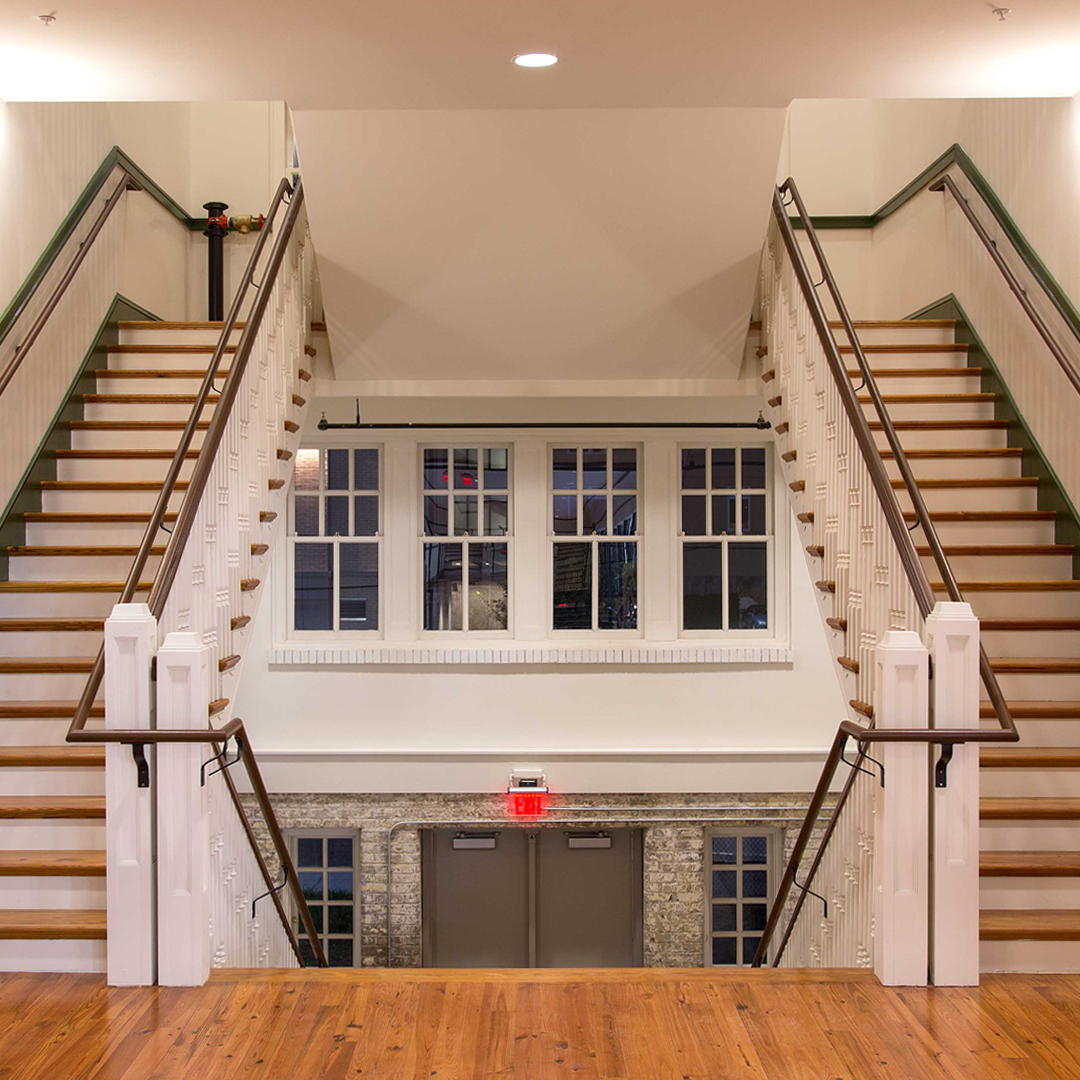
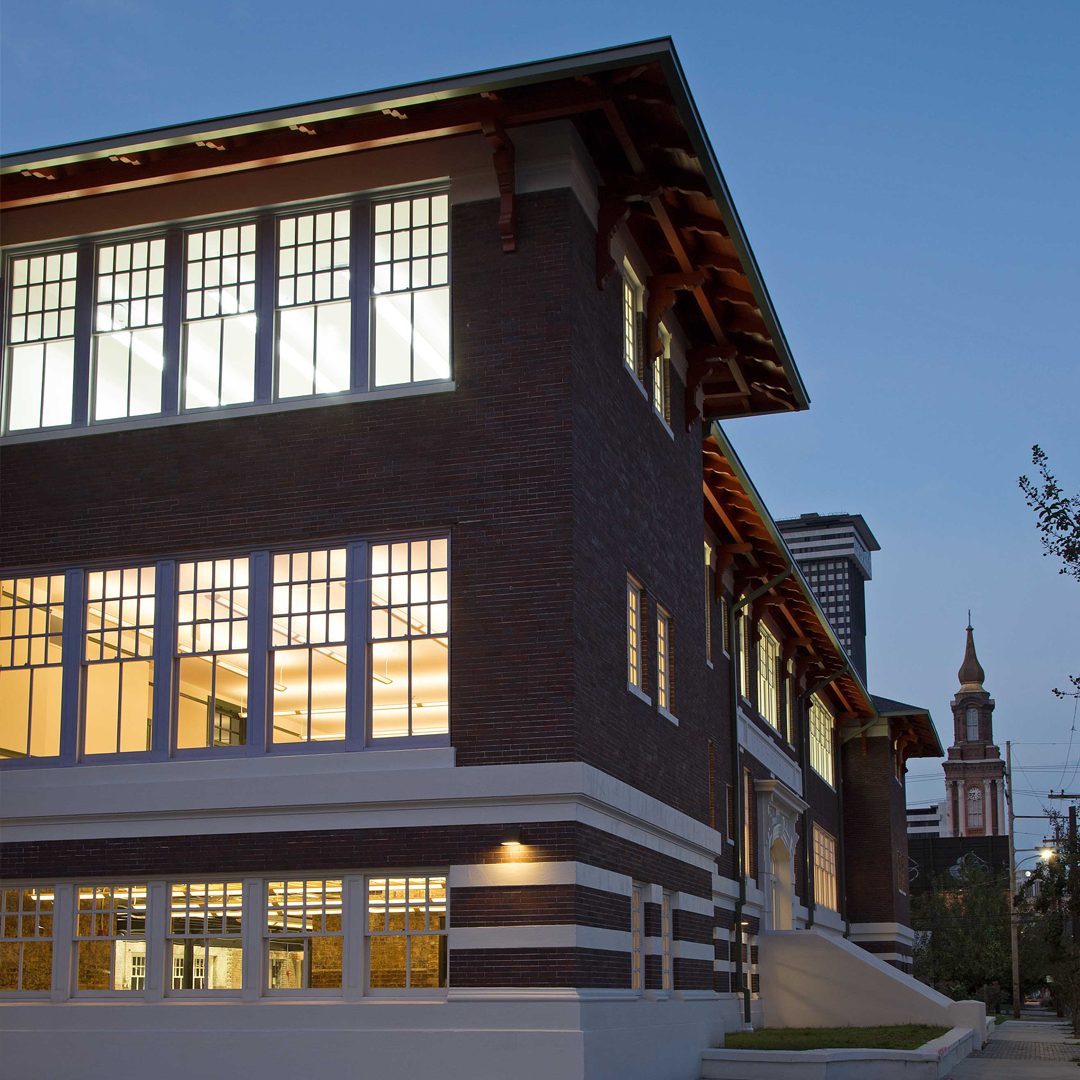
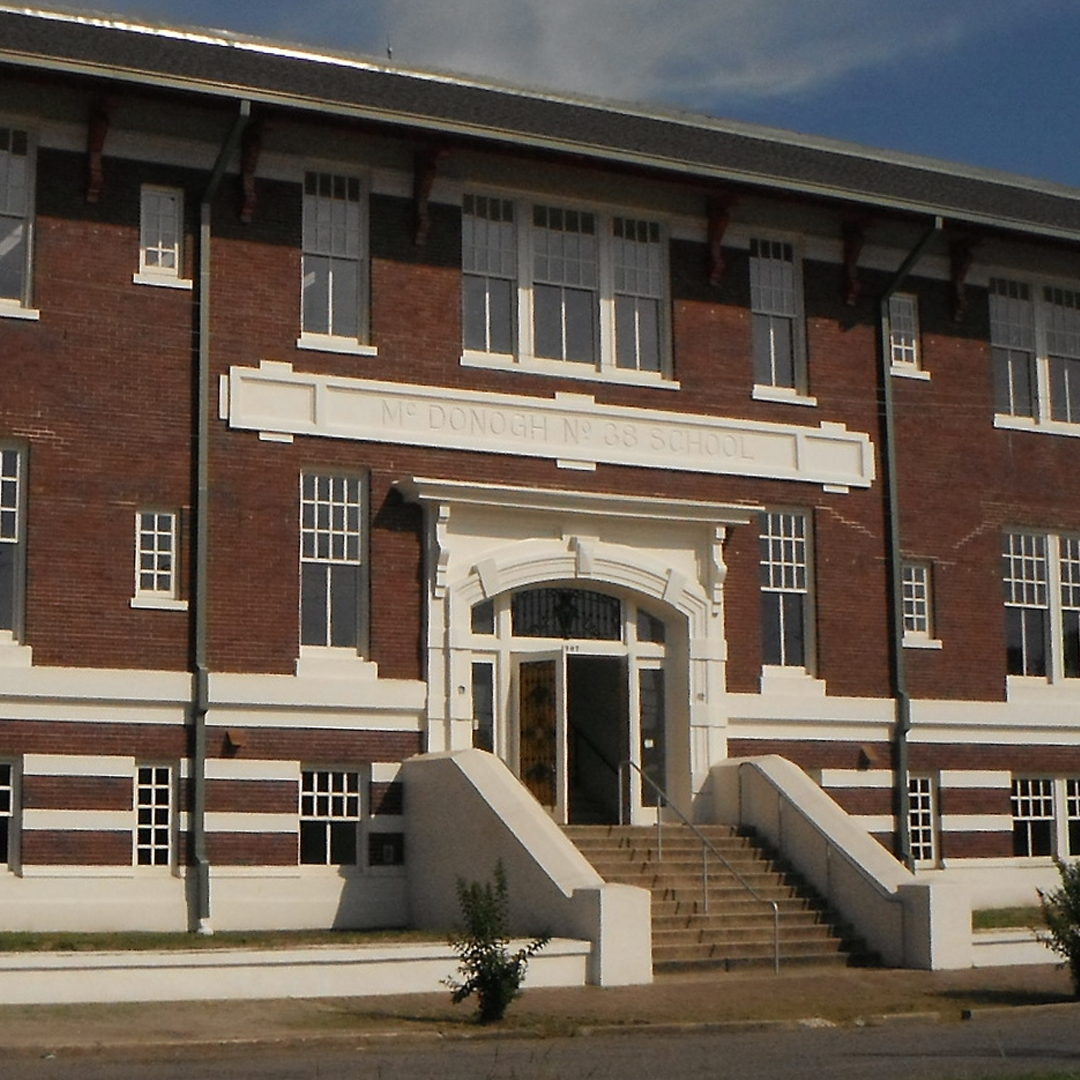
St. Rose Church Campus Redevelopment in New Orleans, Louisiana
